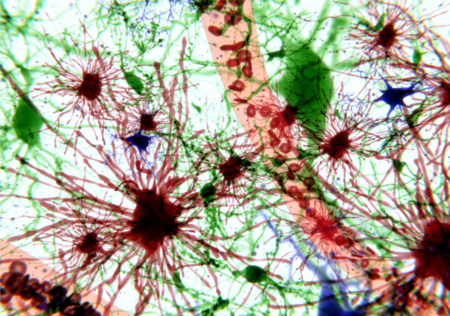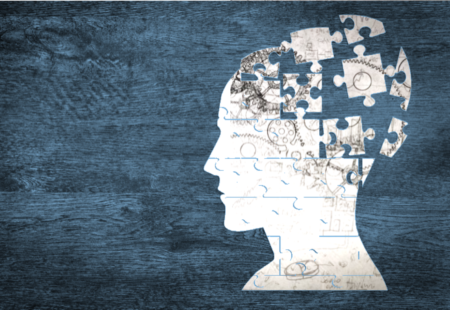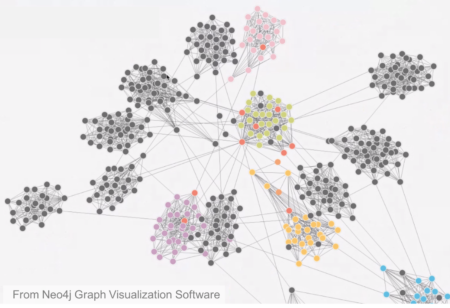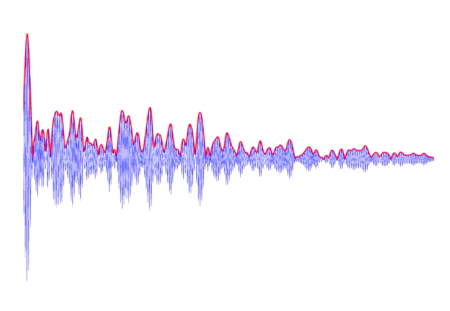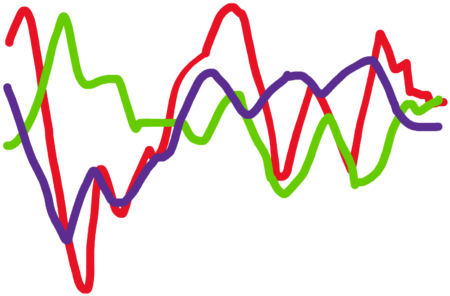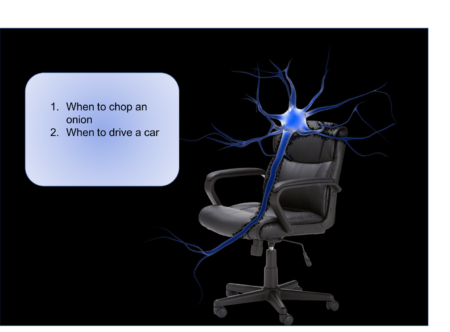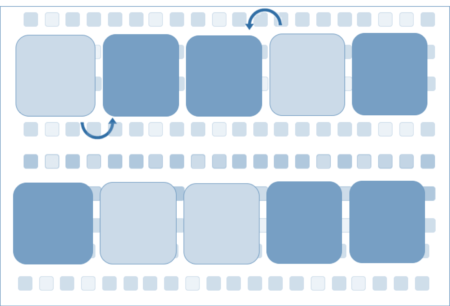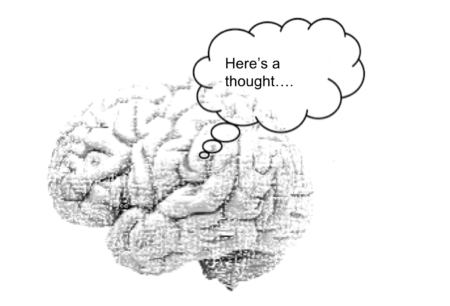Over the last decade or so it has been found that astrocytes exert control over synapse formation, synaptic transmission, blood flow and host of other…
Lab Talk
How are Concepts Created in the Brain?
A concept is a general notion or construct of something that doesn’t necessarily need all the pieces exactly and depends on context. How does the…
A Primer on the Application of Graph Theory to EEG
Graph theory has been most commonly used to understand the structure of social networks and has gained traction in the last decade as an important…
Alpha Energy – Specifically Estimating the Alpha Oscillatory Component in the EEG
The Alpha Energy metric specifically characterizes the periodic alpha components of the EEG that shows up as a peak above the background decay of the…
Adaptive Mechanisms and Afterimages
Afterimages are color inverted perceptual images that persist after fixating on an image for a long period of time. The perceptual mechanisms of afterimages suggest…
A New Metric of Waveform Complexity in EEG Analysis
It is yet unclear which features of the EEG signal are the most informative about brain states and outcomes. A new complexity measure with different…
Can Neurons Learn to Adapt?
Can the fast adaptation of neurons explain how we are able to switch so quickly between different learned behaviors? If so, neurons must learn to…
Using Surrogate Data to Detect Nonlinearity in Time Series
Surrogate data or transformations of a time series that preserve some features of the time series but not others can be used to test various…
Measuring a Thought
We all intuitively recognize a thought when we have one but a thought is hard to describe as measurable or observable factors. We all have…
Dead or Alive? Rethinking the Flat Line EEG
Death is commonly declared with the observation of a flat line or isoelectric EEG that is irreversible. Yet there are many caveats, challenges and ambiguities…

